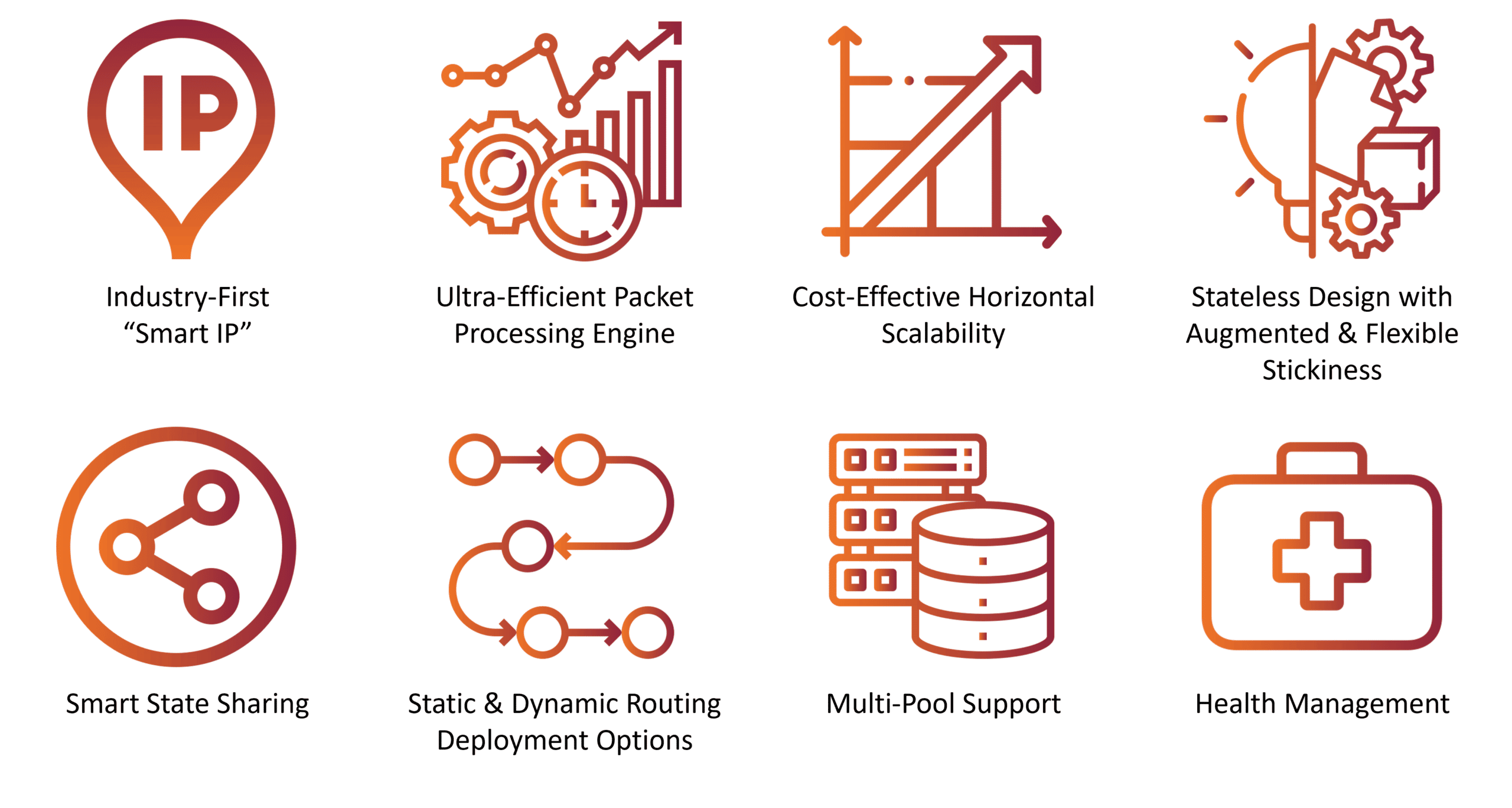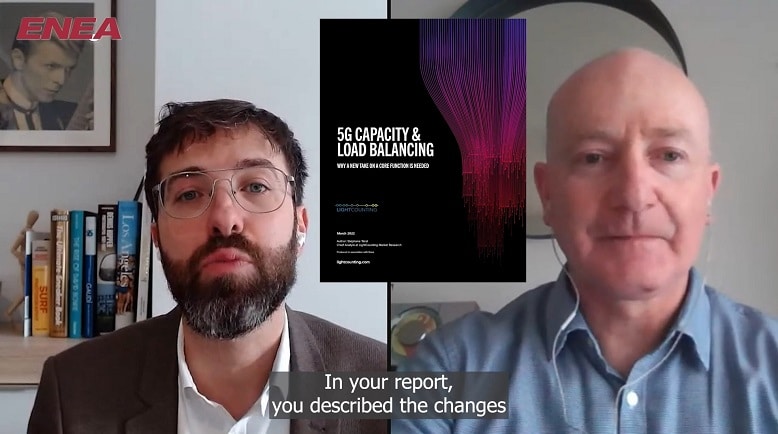Manage traffic spikes and scale seamlessly while reducing your infrastructure costs
Enea’s Virtual Load Balancer (vLB) is a fully virtualized software-based load balancer that optimises distribution of IP traffic across multiple application servers based on configurable load, availability, and policy.
vLB Benefits for Service Providers

Get carrier-grade horizontal scalability to help Mobile Network Operators (MNOs) and Internet Service Providers (ISP) to scale up in 5G environments.

vLB replaces traditional appliance-based load balancing hardware and ADCs while delivering superior performance, scalability, and flexible network insertion options.

With an industry-first Smart IP feature, vLB reduces operational overheads for managing multiple servers with multiple IP addresses, thus simplifying your infrastructure.

This means there is no longer any need to make a trade-off between scalability and stickiness as the Enea vLB provides cost-effective horizontal scalability with a stateless design and, at the same time, offers true end-to-end stickiness for the Application Servers and Operator Access Routers.
An exclusive report from leading industry analyst firm LightCounting examines the pitfalls of traditional mobile core application load balancers.
It explains how the Enea’s Virtual Load Balancer with its “Smart IP” feature simplifies routing and helps avoid the trade-off between horizontal scalability and stickiness.
Watch the video below to learn more
A quick look at vLB’s features:

Trusted By





